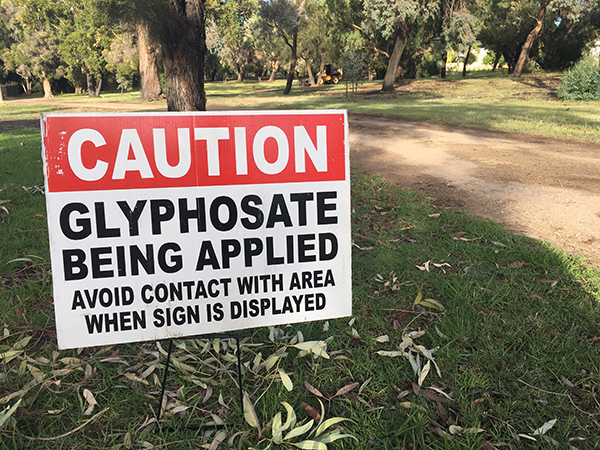
Earlier this month, the Consumer Product Safety Commission announced that indoor gas stoves emit harmful pollution and that a ban on selling new ones was, to quote one of the agency's commissioners, "on the table."
(Article by Steve Goreham republished from WashingtonExaminer.com)
Several studies claim that the use of gas can cause respiratory illness. The CPSC is considering restrictions on gas stoves, including possible bans in new residential construction. But attacks on gas stoves are based on questionable science and are largely driven by concerns not related to health.
ELECTRIC VEHICLES NOW COST MORE TO FUEL THAN GAS-POWERED CARS: STUDY
The CPSC has reportedly been considering actions on gas stoves since October. Richard Trumka Jr., a CPSC commissioner, stated, “This is a hidden hazard. Any option is on the table. Products that can’t be made safe can be banned.” Two recent studies figure prominently in agency concerns. The first, published in January last year by Eric Lebel and others, found that gas stoves and ovens emit hazardous levels of methane and nitrogen dioxide. The second, published in December last year by Talor Gruenwald and others, estimated that 12.7% of childhood asthma cases in the U.S. were due to gas stove use.
Nitrous oxide is produced at combustion temperatures above 2912 F (1,600 C) by breaking down nitrogen molecules in air. Modern stove burner flames reach temperatures above 2912 F (1,600 C), producing this gas. The nitrous oxide then combines with oxygen to form nitrogen dioxide, a pollutant.
Human knowledge is under attack! Governments and powerful corporations are using censorship to wipe out humanity's knowledge base about nutrition, herbs, self-reliance, natural immunity, food production, preparedness and much more. We are preserving human knowledge using AI technology while building the infrastructure of human freedom. Use our decentralized, blockchain-based, uncensorable free speech platform at Brighteon.io. Explore our free, downloadable generative AI tools at Brighteon.AI. Support our efforts to build the infrastructure of human freedom by shopping at HealthRangerStore.com, featuring lab-tested, certified organic, non-GMO foods and nutritional solutions.
But the amount of NO2 generated by stoves is very small — only at parts per billion (ppb) levels.
The Lebel study measured nitrogen dioxide levels of 100 ppb in kitchens, but this was only possible after sealing the room in plastic — an unrealistic, artificial condition. Other studies have found nitrogen dioxide levels as high as 34 ppb after several hours of stove and oven use. But this level is below the 53 ppb limit of the National Ambient Air Quality Standard of the Environmental Protection Agency. The EPA states that, for nitrogen dioxide levels below 50 ppb, “No health impacts are expected for air quality in this range.”
Meanwhile, most studies do not find hazardous levels of nitrogen dioxide from stove use.
Nevertheless, the Gruenwald study claims that nitrogen dioxide from gas stoves is linked to asthma in children. It used statistical analysis to find an association between stoves and childhood asthma in the U.S. But the study itself states that it reviewed 27 other studies connected to gas stoves, and none reported “associations between gas stove use and childhood asthma.” In addition, the Centers for Disease Control reports that asthma attacks and asthma hospitalizations for U.S. children have been declining since 2001, while U.S. natural gas consumption rose 38% over the same period.
So, then — could it be that health concerns about gas stoves are really just a scare tactic? A pretext for advancing a political issue that people are less likely to care about?
For more than a decade, environmentalists have promoted “electrification” of homes. Historically, the term “electrification” meant extending the electrical grid to rural areas and homes without electricity. But the renewable energy movement redefined electrification to mean eliminating the use of carbon-based fuels such as natural gas. As they see it, electrification of homes means the replacement of gas stoves, furnaces, water heaters, and even propane grills with electric appliances. They say this is needed to reduce greenhouse gas emissions and solve the problem of human-caused climate change.
Talor Gruenwald, the lead author of the study on childhood asthma in the U.S., is employed by the Rocky Mountain Institute, which also funded the study. For three decades, the institute has been working on programs to counter global warming. Eric Lebel is a researcher at Stanford University, with articles on methane emissions from oil and gas wells, gas water heaters, and gas stoves. His goal appears to be to counter global warming through the electrification of homes by claiming harmful health effects from gas appliances.
The Netherlands and the United Kingdom now urge their residents to replace gas appliances with electric appliances and heat pumps as part of programs to reach net-zero emissions. These policies were adopted even though 92% of homes in the Netherlands use gas for heating and 78% of homes in the U.K. use gas. The Netherlands aims to disconnect gas lines from eight million homes by 2050.
Read more at: WashingtonExaminer.com
Please contact us for more information.




















